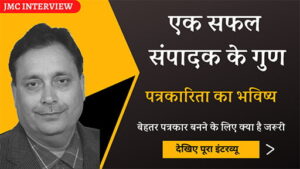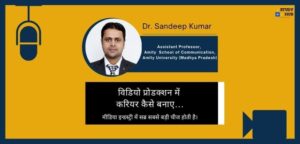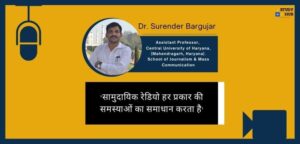Factor analysis is
(A) Univariate
(B) Bivariate
(C) Multivariate
(D) Non-variate
Correct Ans: (C)
Explanation:
Factor analysis serves as a multivariate statistical technique that researchers use to identify hidden relationships between multiple variables. Since communication studies often deal with complex datasets, this method helps simplify information by grouping correlated variables into factors.
For example, when analyzing media consumption habits, researchers collect data on news preferences, screen time, social media usage, and engagement levels. Instead of analyzing each variable separately, they use factor analysis to determine whether underlying factors—such as “digital media engagement”—influence audience behavior. Because this method reduces data complexity, it allows researchers to identify patterns that would otherwise remain hidden.
Now, let’s examine the incorrect options. Univariate analysis focuses on a single variable, making it unsuitable for factor analysis. Bivariate analysis studies the relationship between two variables, while factor analysis examines multiple variables simultaneously. Non-variate is not a standard statistical term, so it does not apply here. Clearly, none of these options define factor analysis correctly.
In conclusion, factor analysis is a powerful multivariate technique that helps researchers uncover patterns in large datasets. Since communication research involves multiple influencing factors, this method improves data interpretation and strengthens analytical accuracy. By using factor analysis, researchers gain deeper insights into media effects, audience behavior, and communication trends.




















